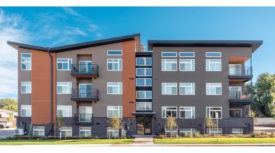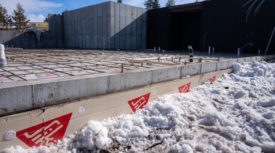Home » Publications » Building Enclosure
Building Enclosure

Spring 2024
Features
Back to TopWhat it Takes to Execute a Successful Recladding Project
A Case Study on Investigating Deterioration and Providing Repair Recommendations
March 13, 2024
Columns
Back to TopIncreasing Energy Efficiency from the Ground Up with Below-Grade Insulation
A Q&A with PIMA President Justin Koscher
March 12, 2024
Codes
Back to TopDetails
Back to TopEnhance your expertise with unparalleled insights.
Join thousands of building professionals today. Shouldn’t you know what they know?
SUBSCRIBE TODAY!Copyright ©2024. All Rights Reserved BNP Media.
Design, CMS, Hosting & Web Development :: ePublishing







.jpg?height=168&t=1703026308&width=275)






